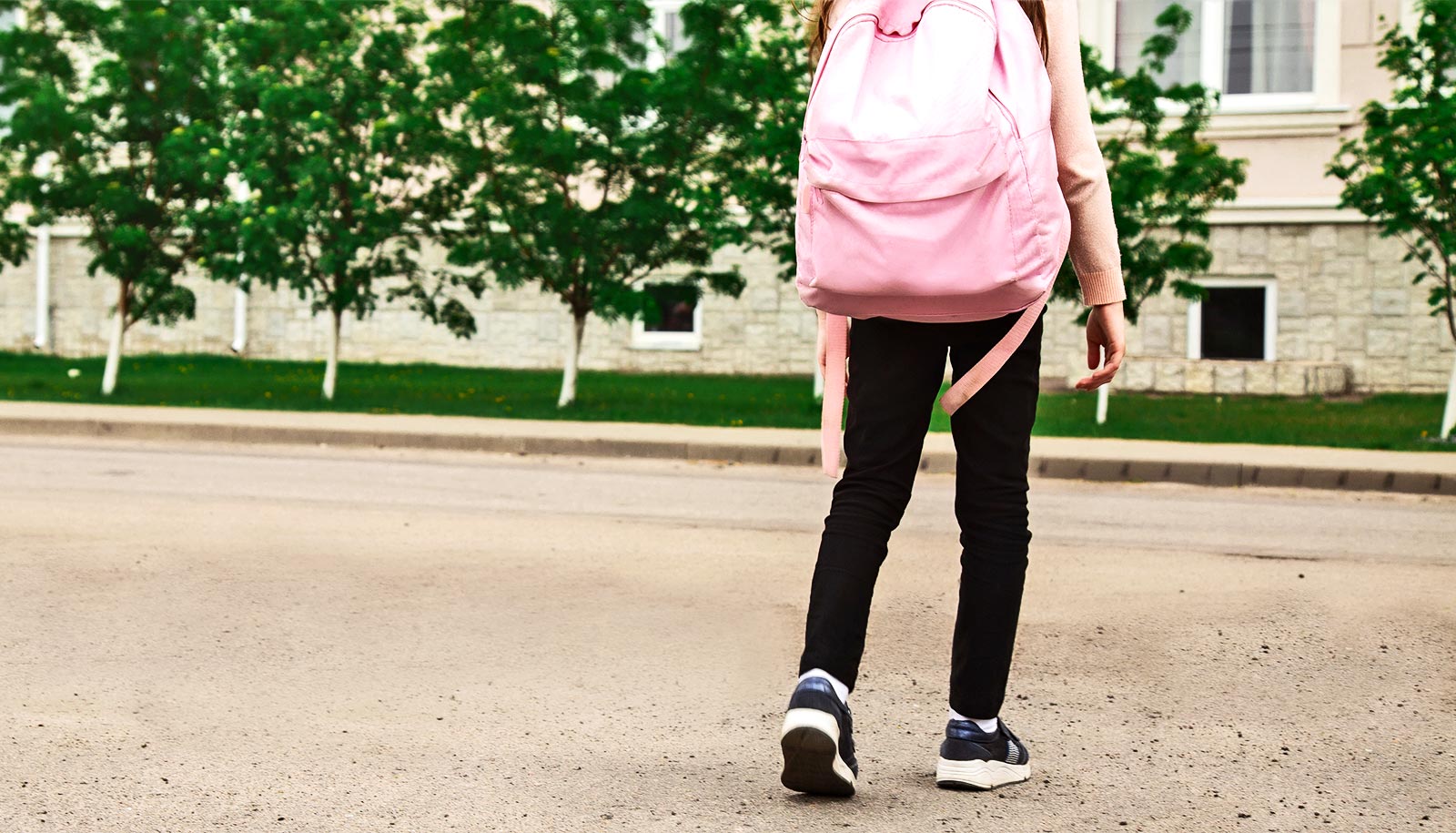Directions generated with cars in mind don’t give pedestrians, parents pushing bulky strollers, or people using wheelchairs much information about how to navigate a neighborhood using sidewalks.
Obstacles include hills that are too steep for wheelchairs or people with certain health issues to climb and sidewalks without sloped “curb cuts” that allow people using wheeled devices to safely and easily cross intersections.
AccessMap, a University of Washington project spearheaded by the Taskar Center for Accessible Technology, launched a new online travel planner offering customizable suggestions for people who need accessible or pedestrian-friendly routes when getting from point A to B in Seattle.
It will also route people around building and construction sites that can close sidewalks for entire blocks, forcing people who are traveling on foot or using assistive devices to embark on unforeseen detours.
Walking the dog unleashes health perks for seniors
The team of student engineers and computer scientists, through its OpenSidewalks project, is also creating a set of standards and toolkits that will eventually let users in Seattle and other communities crowdsource and map detailed, real-world conditions on pedestrian pathways and intersections—from sidewalk widths and problematic surface conditions to the presence of ramps, handrails, and adequate lighting.
“The big highlight now is our ability to offer automated routing and accessible travel planning for Seattle residents who may have mobility challenges or may simply want to find the easiest way to navigate a neighborhood with a toddler on a tricycle,” says Taskar Center director Anat Caspi. “Identifying routes that optimize not for time or distance but for things like changes in elevation and curb cuts is a really big and important change.”
Lots of info on one map
Information that allows for safe, accessible travel planning on pedestrian pathways previously did not exist in one place or in a user-friendly format. While it is particularly useful for people with disabilities, information about elevation and curb ramps can also help delivery drivers who push hand trucks, people on crutches or knee scooters, travelers hauling luggage to a light rail stop, or children learning to bike or roller skate.
Income drives motivation to walk, bike, or drive
The AccessMap team compiled and cleaned up disparate data from local and federal sources on street elevation, curb cuts, and other accessibility features to create a zoom able map of Seattle’s sidewalks and pedestrian paths. People could consult that online map to pick more accessible or pedestrian-friendly routes on their own.
Now, AccessMap allows someone to type in a starting and ending destination in Seattle and receive automated route suggestions. Users can customize their preferences to avoid hills of a certain grade or navigate around construction sites.
10 more cities
The research team has recently expanded its focus to create new pedestrian standards for OpenStreetMap, a crowdsourced global mapping effort that relies on volunteers to create detailed, up-to-date maps of street conditions. The team is working to create easy-to-use editing tools that will allow people anywhere to enter detailed information about sidewalks, paved trails, and other pedestrian paths.
They have identified 10 urban areas with active mapping and advocacy communities with promising expansion potential: New York, Washington DC, Boston, Chicago, San Francisco, Portland, Pittsburgh, Denver, Philadelphia, and Atlanta.
“We hope to be able to crowdsource all kinds of information that relates to accessibility: where a sidewalk may be cracked or buckled because of a tree root, other obstacles, inclines, lighting, how smooth the surface is, whether there’s tactile paving,” says Nick Bolten, an electrical engineering doctoral student and project technical lead for AccessMap and OpenSidewalks.
“Our goal is to have a set of toolkits and instructions so other municipalities and local communities can get their own mapping efforts up and running.”
The OpenSidewalks project is also partnering with the Seattle Public Schools and the City of Seattle on the Safe Route to Schools initiative, which aims to increase the number of kids walking and biking to school.
“We want to teach and promote little citizen scientists to survey a one-mile radius of their school communities in more detail than someone sitting on a couch and looking at aerial maps could,” says Caspi. “Then they can upload the information to a permanent and publicly accessible site, where it can be used to guide investments that will benefit all types of sidewalk users.”
Funding for these projects has come from the Taskar Center for Accessible Technology at the University of Washington department of computer science & engineering, eScience Institute, Urban@UW, the Ford Blue Oval Network, UW Vertically Integrated Projects, and the Seattle Department of Transportation Hack the Commute Hackathon.
Source: University of Washington



